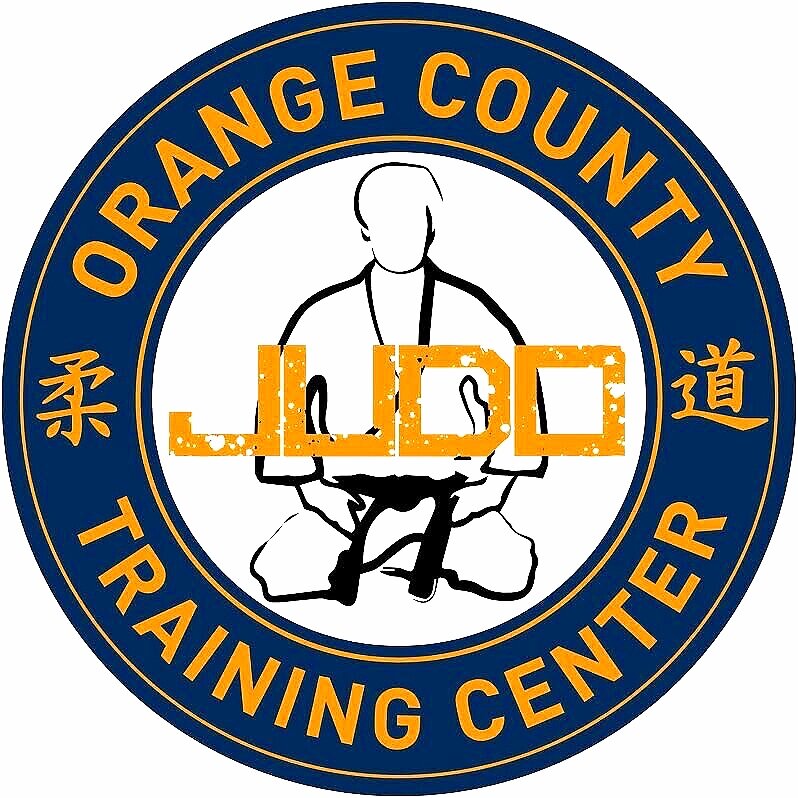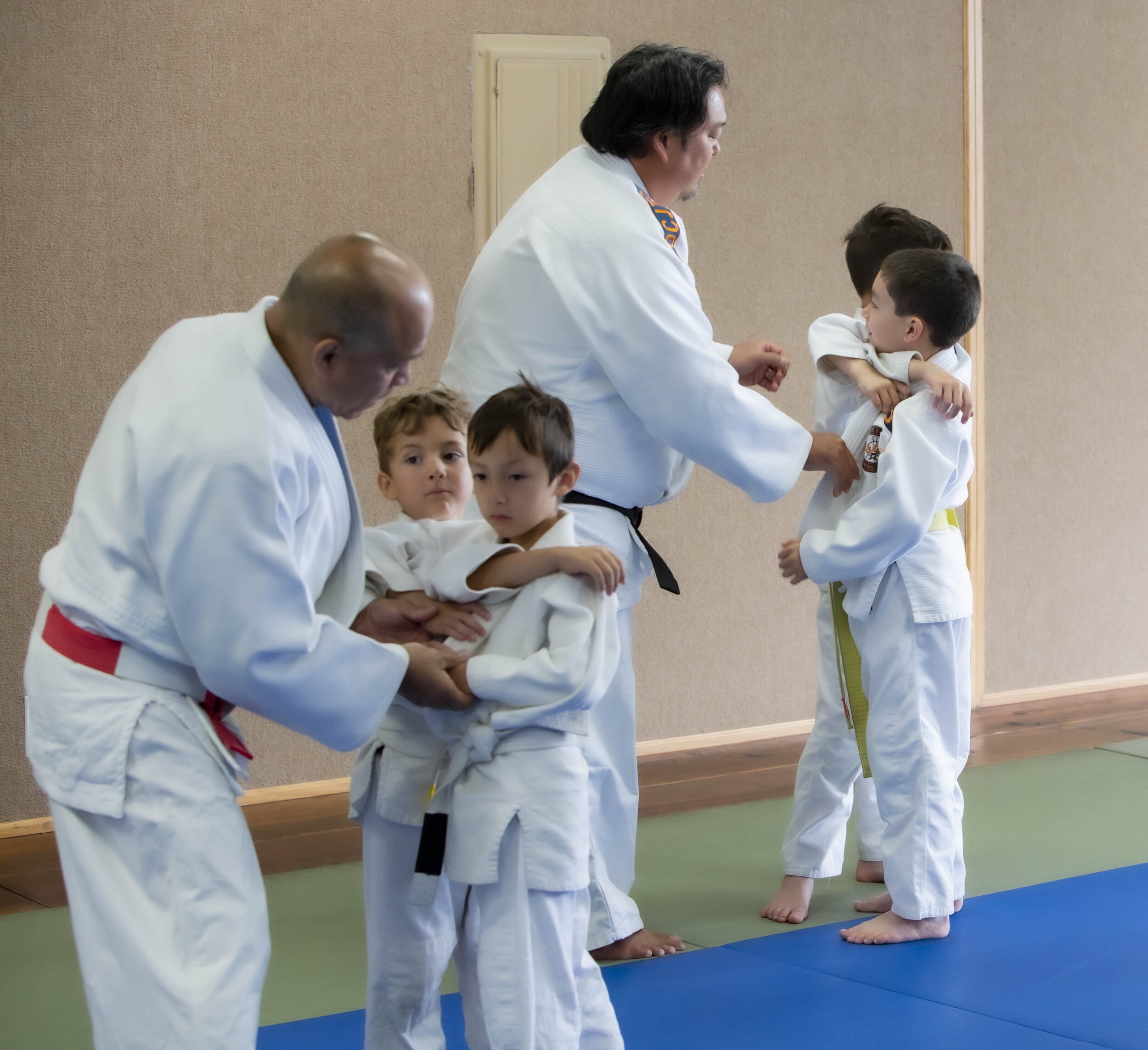About Judo
A long Rich Heritage
From Revered Discipline to Olympic Sport
The sport of Judo originated in Japan in 1882. Its founder, Dr. Jigoro Kano, an educator and statesman, decided to transform the ancient martial art of Ju-jutsu into a modern sport of Judo. Aided by his friend, a visiting American philosopher and educator, John Dewey, Dr. Kano added to his beloved judo a philosophical basis by which certain principles could be emphasized and learned through physical activities and lessons. These principles advocate “Maximum Efficiency, and Mutual Welfare and Benefit.”
These lessons, when applied to everyday living, can elevate one’s life experience. Such lessons are discipline, perseverance, loyalty and understanding the experience of success through achieving excellence. This is what Dr. Kano envisioned in the practice of judo as an Olympic sport.
Judo as an Olympic Sport
An Olympic sport since 1964, judo is well known for its spectacular throwing and lightning fast grappling techniques and submission holds. There are two principle forms of practicing judo, randori and kata. Randori is similar to sparing, where students freely practice what they learn with each other. Kata is practicing judo in a formal system of prearranged movements that teach the fundamentals of attack and defense. The activity itself involves learning basic techniques such as safety falls or falling techniques, throwing techniques and ground fighting techniques or grappling and submission holds.
Judo is regarded as one of the most respected martial arts in the world. Practiced by men, women, and children of all ages, judo is a fascinating Olympic sport that is now practiced in almost every country of the world.













